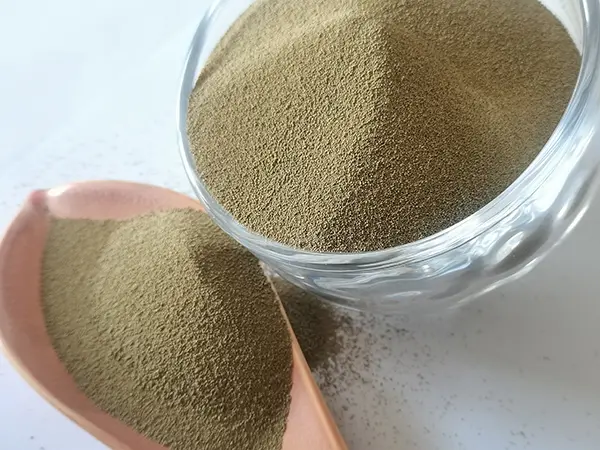Ceramsite The Versatile Lightweight Aggregate
Ceramsite is a type of lightweight aggregate made from naturally occurring raw materials such as clay, shale, and slate. This innovative material has gained popularity in construction and horticulture due to its unique properties and multiple applications. Ceramsite's production process involves high-temperature sintering, which transforms these raw materials into small, ceramic pellets that exhibit numerous beneficial characteristics.
One of the most notable properties of ceramsite is its lightweight nature. Compared to traditional aggregates like sand and gravel, ceramsite significantly reduces the overall weight of construction materials, making it easier to handle and transport. This lightweight property is particularly advantageous in projects where reducing weight is critical, such as in high-rise buildings or bridges. Engineers are increasingly using ceramsite in concrete formulations to create lighter, yet strong structures that can withstand significant loads.
In addition to being lightweight, ceramsite is also highly durable. Its resistance to water and chemical damage makes it suitable for use in various environmental conditions. Ceramsite does not absorb water, which prevents it from degrading over time, a crucial factor for both construction materials and agricultural applications. When used in concrete, ceramsite enhances the longevity of structures, requiring less frequent repairs and maintenance.
ceramsite

Another exciting aspect of ceramsite is its excellent thermal insulation properties. This characteristic is particularly beneficial in the construction industry, where it helps improve energy efficiency in buildings. By incorporating ceramsite into insulation systems, constructors can reduce heating and cooling demands, resulting in lower energy bills and a smaller carbon footprint. Thus, ceramsite not only contributes to cost savings but also supports sustainability in building practices.
Moreover, ceramsite plays a significant role in horticulture and landscaping. Due to its lightweight and porous structure, ceramsite is an ideal medium for growing plants. It retains water while allowing for adequate aeration, which promotes root growth and overall plant health. Gardeners and landscapers often use ceramsite in potting mixes and as a drainage layer in containers to ensure that plants thrive without becoming waterlogged. This makes ceramsite particularly appealing for urban gardening and vertical gardens, where space and weight constraints are prevalent.
Furthermore, ceramsite is also environmentally friendly. Its production process can utilize waste materials, like fly ash from power plants, which helps reduce landfill waste. By using waste materials as raw inputs, ceramsite manufacturing contributes to a circular economy, making it a sustainable choice for construction and gardening.
In summary, ceramsite is an incredibly versatile material that has found its place in both the construction and horticulture industries. Its lightweight nature, durability, thermal insulation properties, and suitability for plant growth make it an invaluable resource. As the demand for sustainable building materials continues to rise, ceramsite is likely to gain even more traction, offering innovative solutions to modern challenges in construction and agriculture. By investing in ceramsite, both builders and gardeners can achieve better results while promoting environmentally responsible practices. Whether you are constructing a new building or nurturing a garden, ceramsite is a material worth considering. Its multifaceted benefits make it a key player in shaping the future of sustainable development.
Post time:Ara . 15, 2024 16:29
Next:how much does sand casting cost
